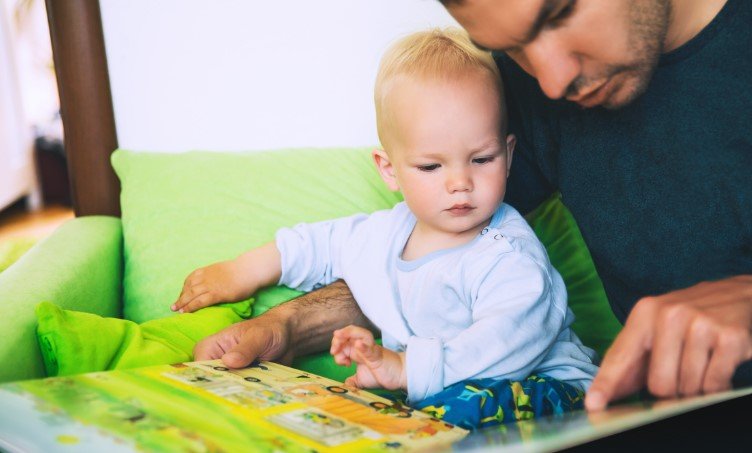Creating a bedtime routine that works is essential for ensuring your child gets enough rest and falls asleep easily. Establishing a good routine at night can help your child feel more relaxed and comfortable, making bedtime less stressful for both of you. Whether your child is a toddler or a teenager, setting up a structured and calming bedtime routine will support better sleep habits and improve overall health. In this article, we’ll go over practical tips for creating a bedtime routine that works for your family.
1. Set a Consistent Bedtime
The foundation of creating a bedtime routine that works is consistency. Aim to start the routine at the same time every night so that your child’s body becomes accustomed to it. Over time, your child will know when it’s time to wind down and prepare for sleep. This consistency is key to developing healthy sleep habits.

2. Create a Calming Pre-Sleep Environment
When creating a bedtime routine that works, it’s important to set up a calm environment. This can make a big difference in how quickly your child falls asleep. Dim the lights, lower noise levels, and ensure the room is comfortable. If your child enjoys a nightlight, make sure it’s not too bright. Having a cozy, quiet space will signal to your child’s brain that it’s time to relax and get ready for bed.
3. Limit Screen Time Before Bed
One of the biggest obstacles to creating a bedtime routine that works is the use of electronics before bed. The blue light from screens can interfere with your child’s ability to fall asleep. About an hour before bed, encourage your child to put away their phone, tablet, or television. Instead, engage in calming activities such as reading a book, telling a story, or simply talking about the day. Reducing screen time will help your child wind down and prepare for sleep.
4. Have a Relaxing Activity Before Bed
Another important step in creating a bedtime routine that works is to include a relaxing activity before bed. This could be anything that helps your child feel calm, such as taking a warm bath, listening to soothing music, or doing some gentle stretching exercises. Choose activities that are quiet and relaxing, rather than stimulating. This will signal to your child’s body that it’s time to slow down and prepare for rest.
5. Be Consistent with Bedtime Rituals
Creating a bedtime routine that works requires rituals that your child can rely on every night. This could be a series of steps, such as brushing teeth, putting on pajamas, reading a bedtime story, or giving a goodnight hug. These small rituals provide comfort and security, which can make your child feel more relaxed and ready to sleep. Having a predictable routine allows your child to know what to expect and helps them feel more at ease.
6. Avoid Sugary Snacks Before Bed
Food plays a key role in creating a bedtime routine that works. Avoid giving your child sugary or caffeinated snacks right before bed, as these can make it harder for them to fall asleep. Instead, offer a light snack that is soothing, like a glass of warm milk or a small piece of fruit. These gentle options help your child relax without overstimulating their system before bedtime.
7. Be Patient and Calm During Bedtime
Sometimes, your child may resist going to bed, especially if they are feeling anxious or overstimulated. When this happens, it’s important to remain patient and calm. Take deep breaths, and try to reassure your child that it’s time for sleep. Keeping a calm and positive attitude will help your child feel more secure, making it easier for them to settle into their bedtime routine.
8. Make Your Child’s Bedroom Sleep-Friendly
Creating a bedtime routine that works also means making the bedroom a space that promotes good sleep. Keep the room dark, quiet, and cool. A comfortable mattress and pillow will help ensure your child sleeps soundly throughout the night. You can also use blackout curtains to block out excess light or a white noise machine to drown out any distracting sounds.
9. Adjust the Routine Based on Your Child’s Age
As your child grows, their bedtime routine should evolve to meet their changing needs. For younger children, a longer and more structured routine might be necessary, including things like bath time or a longer storytime. For older children and teens, the routine may be shorter and simpler, but it should still include calming activities. Being flexible with the routine while maintaining consistency will help keep the bedtime process effective as your child grows.
Conclusion
Creating a bedtime routine that works is all about consistency, calmness, and comfort. By setting a regular bedtime, creating a soothing environment, and incorporating relaxing activities, you can help your child develop healthy sleep habits that will last a lifetime. Remember, it might take some time for the routine to become second nature, but with patience and persistence, your child will begin to look forward to their bedtime every night. A peaceful bedtime routine can make a huge difference in how well your child sleeps, leading to better rest and a more enjoyable morning.





